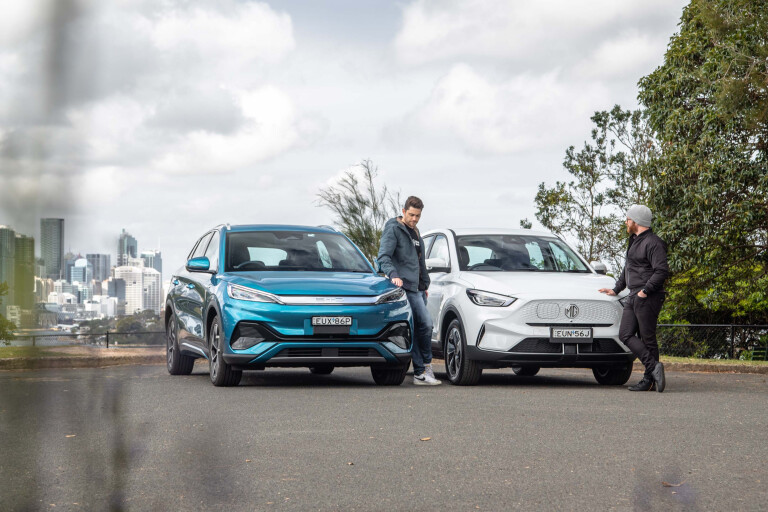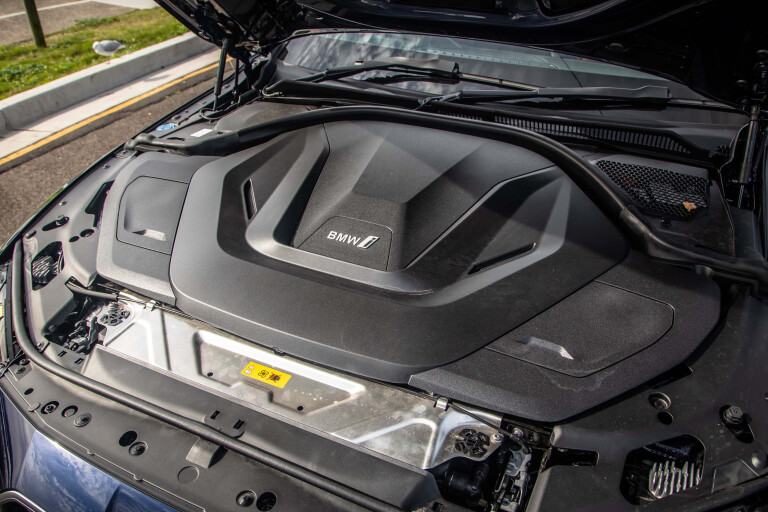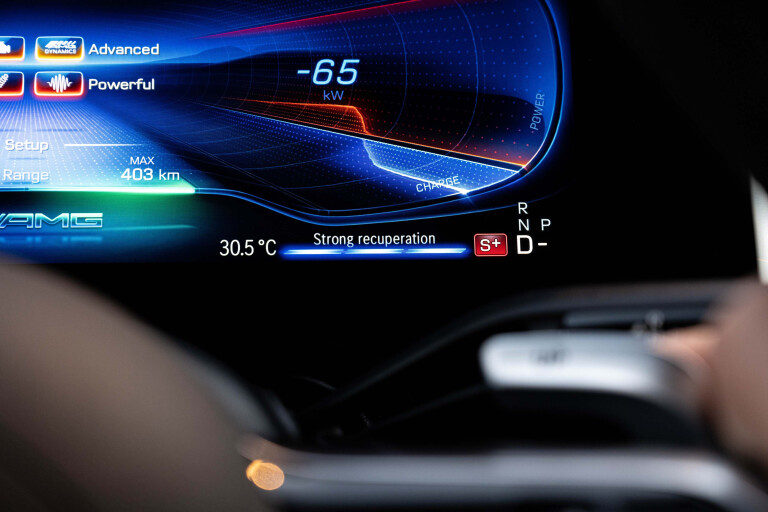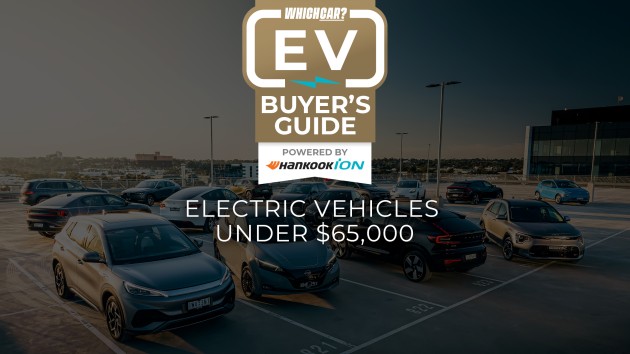
Do all EVs drive the same? It’s question we get asked regularly and as I’ve just spent the last week testing 16 electric cars back-to-back for our EV buyer’s guide, it’s also one I feel well-placed to given an opinion on.
The short answer is no, they do not. As you’d expect there is a gulf of difference between Australia’s first electric dual-cab ute, the LDV eT60, and the lower slung, more powerful and driver-focused Porsche Taycan.

In saying that, though, there are undoubted similarities. Take our fleet of 16 electric cars that made up our megatest, as an example. They span a range of price points, body styles and levels of performance and yet if you plonked me blindfolded into the passenger seat I think I’d have been hard pressed to tell you which car were were in.
I’d have got there eventually once I’d had time to drink in how it rides, how the seats felt and the level of refinement on offer but over the first few hundred metres, I’d have had giant question mark dangling over my head.
All of the usual cues are gone. There’s no exhaust note, no vibrations and none of the telltale hints we typically rely on to know “okay, that’s the smooth purr of a straight six petrol so this must be a BMW”.

In a combustion-powered car, the engine is the heart and soul.
There are almost endless ways a combustion engine can alter the character: cylinder count, displacement, layout, forced induction, rev limit, fuel type…the list goes on.
Even the type of gearbox – torque converter auto, manual, dual clutch – adds to the flavour. But again, this is another area that’s mostly been homogenised in electric cars.
Power away in an electric car and the experience is eerily similar across all of them. You get instant response, effortless acceleration and uninterrupted progress. All good things, but there’s not much about them that feels unique.
It means the usual foundations that brands have relied upon for decades to distinguish themselves – BMW with its silky straight sixes, Porsche with its off-beat boxer growl – will soon no longer apply. In the future, the key battleground for brands to win the hearts and minds of prospective buyers won’t be the power plant. As for what will take its place? That’s exactly what the world’s carmakers are currently trying to figure out…

The usual foundations that brands have relied upon for decades to distinguish themselves – BMW with its silky straight sixes, Porsche with its off-beat boxer growl – will soon no longer apply
Perhaps the most interesting frontier is sound. Piping a fake exhaust track through a car’s speakers is nothing new – anyone else remember when Renault gave you the option of making the Clio sound like a Nissan GT-R? – but it is an area where brands are beginning to veer off in new and interesting directions.
AMG fits something called “AMG performance sound” to its sportier EVs that mostly makes them sound like angry spaceships, while BMW has engaged legendary composed Hans Zimmer to create the audio signature of its electric models. It does mean switching on an i7 unleashes a crescendo of noise that makes you feel like you’re in a pivotal scene from the movie Dune, but there’s no denying it’s distinctive.
And it’s not just high-end car makers who are using sound to create personality and connection. The BYD Atto 3 also makes some weird and wonderful noises and one of the strangest experiences I encountered on the EV megatest was driving up a deserted multi-level carpark in the dead of the night as the BYD played a spooky, pulse-like soundtrack to ensure I didn’t squash an unsuspecting pedestrian.

Dynamically speaking, regen braking is another domain that’s sparking divergent approaches.
Some brands, like Porsche, mostly eschew it all together while others are opting for one-pedal driving with varying levels of success. Merc’s strongest D- setting, for example, is incredibly forceful and noteworthy.
Design is where the most obvious opportunity lies for reinventing brand identity, of course. Electric vehicles open up an entirely new realm of possibilities to create unique proportions and shapes – though until now, most brands are playing it safe. Expect for Hyundai, that is. Clock an Ioniq 5 or Ioniq 6 in the metal and there’s no mistaking which brand they come from.
So, do all EVs feel the same?
Judge them by their powertrains alone and there’s no denying things are starting to converge.
But don’t fret that we’re approaching a sea of sameness. There are a host of other parameters just waiting to be explored…




COMMENTS